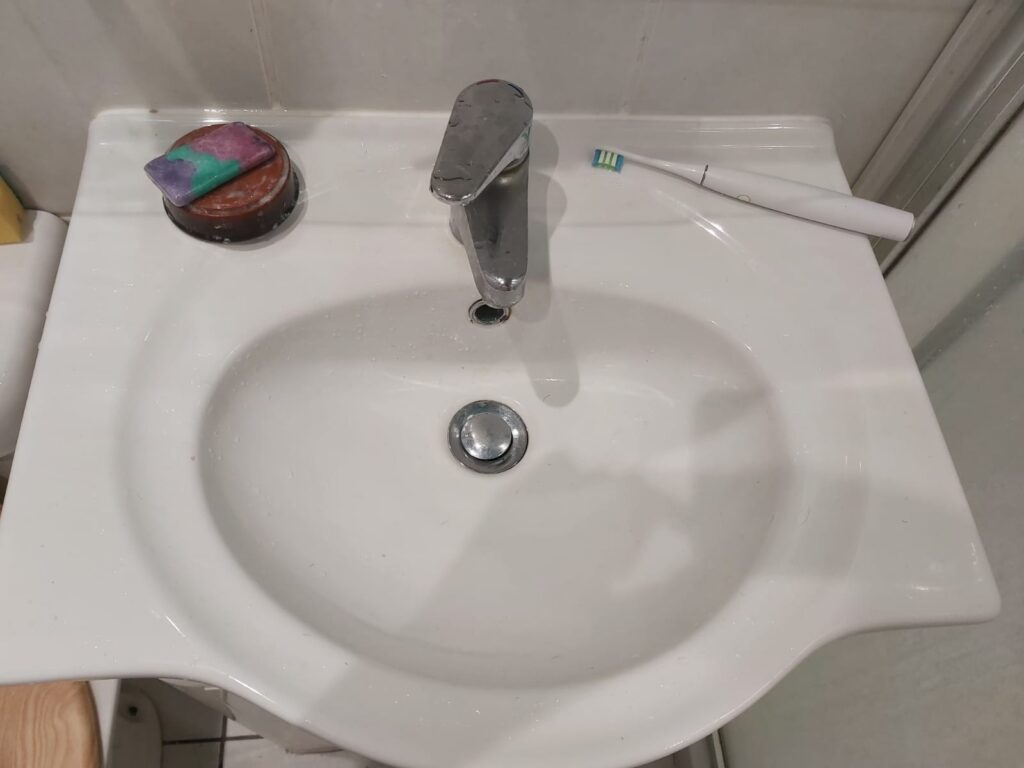How to Unclog a Stubborn Drain?
Are you dealing with a stubbornly clogged drain that refuses to budge? A blocked drain can be a frustrating and messy problem to contend with, but fear not! In this article, we’ll explore several DIY methods to help you unclog that stubborn drain and get your plumbing back in tip-top shape. No need to call a plumber just yet; let’s dive right in!

Understanding the Culprit
Before we jump into the solutions, it’s essential to understand what might be causing the blockage. Common culprits include hair, soap scum, grease, and debris buildup over time. Identifying the cause can guide you in choosing the most effective unclogging method.
Tools and Materials
Here’s a list of the tools and materials you might need:
- Plunger: A basic but effective tool for unclogging drains.
- Drain Snake: Ideal for reaching deep clogs.
- Baking Soda: An excellent natural cleaner.
- Vinegar: Perfect for breaking down stubborn clogs.
- Boiling Water: A simple yet effective solution.
Methods for Unclogging
1. The Plunger Method
The trusty plunger is often the first line of defense against drain clogs. To use it effectively:
- Step 1: Ensure there’s enough water to cover the plunger’s rubber cup.
- Step 2: Place the plunger over the drain and create a tight seal.
- Step 3: Push and pull the plunger vigorously for about a minute.
- Step 4: Repeat if necessary until the water begins to drain.
2. The Baking Soda and Vinegar Combo
This natural and chemical-free method can be surprisingly effective:
- Step 1: Pour half a cup of baking soda down the drain.
- Step 2: Follow it with a cup of vinegar.
- Step 3: Cover the drain with a cloth or stopper to contain the fizz.
- Step 4: Wait for 30 minutes and then flush with hot water.
3. The Drain Snake
For stubborn, deep-seated clogs, a drain snake can work wonders:
- Step 1: Insert the snake into the drain until you feel resistance.
- Step 2: Rotate and push the snake to break up the clog.
- Step 3: Slowly retract the snake, pulling out debris.
- Step 4: Flush with hot water to clear any remaining residue.
4. Boiling Water
For minor clogs, boiling water can sometimes do the trick:
- Step 1: Boil a pot of water.
- Step 2: Carefully pour it down the drain in stages.
- Step 3: Allow a few seconds between each pour to let the hot water work its magic.
Prevention Tips
Prevention is the best way to avoid future clogs:
- Regular Cleaning: Clean your drains with baking soda and vinegar monthly.
- Use Drain Screens: Install screens to catch hair and debris.
- Dispose of Grease Properly: Avoid pouring grease down the drain.
With these DIY methods, you can tackle stubborn drain clogs effectively and save money on plumbing bills. Remember to choose the method that suits your specific situation, and always exercise caution when working with hot water or drain snakes.
Frequently Asked Questions
- How often should I clean my drains?
- It’s a good idea to clean your drains with baking soda and vinegar once a month to prevent clogs.
- Can I use chemical drain cleaners?
- While they can be effective, they are harsh on your pipes and the environment. Try natural methods first.
- When should I call a plumber?
- If DIY methods don’t work or if you suspect a more significant issue, it’s time to call in a professional plumber Bristol.
- Is there a way to prevent hair clogs in the shower drain?
- Yes, using a drain screen can catch hair and prevent it from clogging your drain.
- Can I use these methods on all types of drains?
- These methods are generally safe for most household drains, but exercise caution and follow specific instructions for each type.
